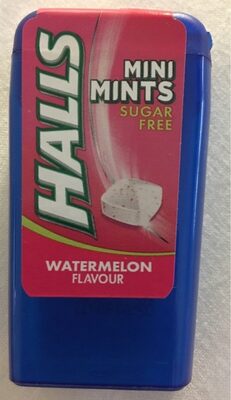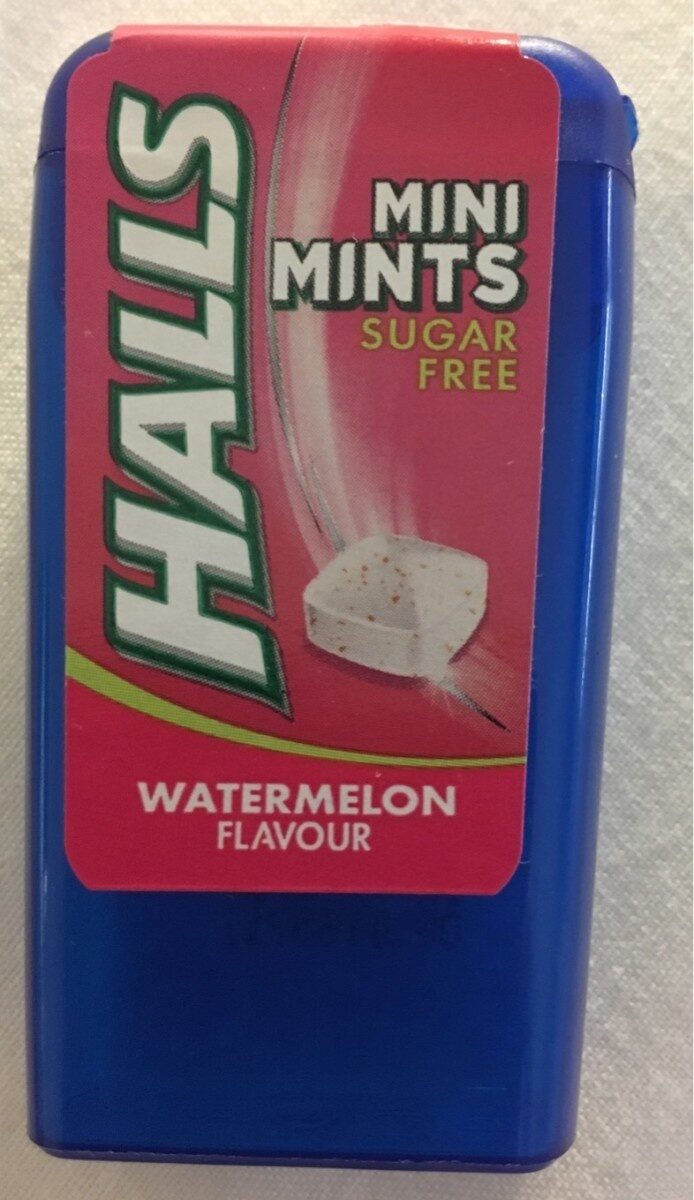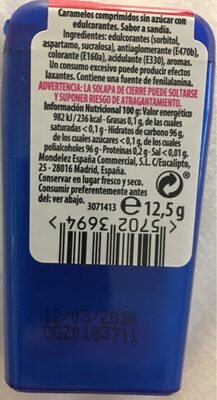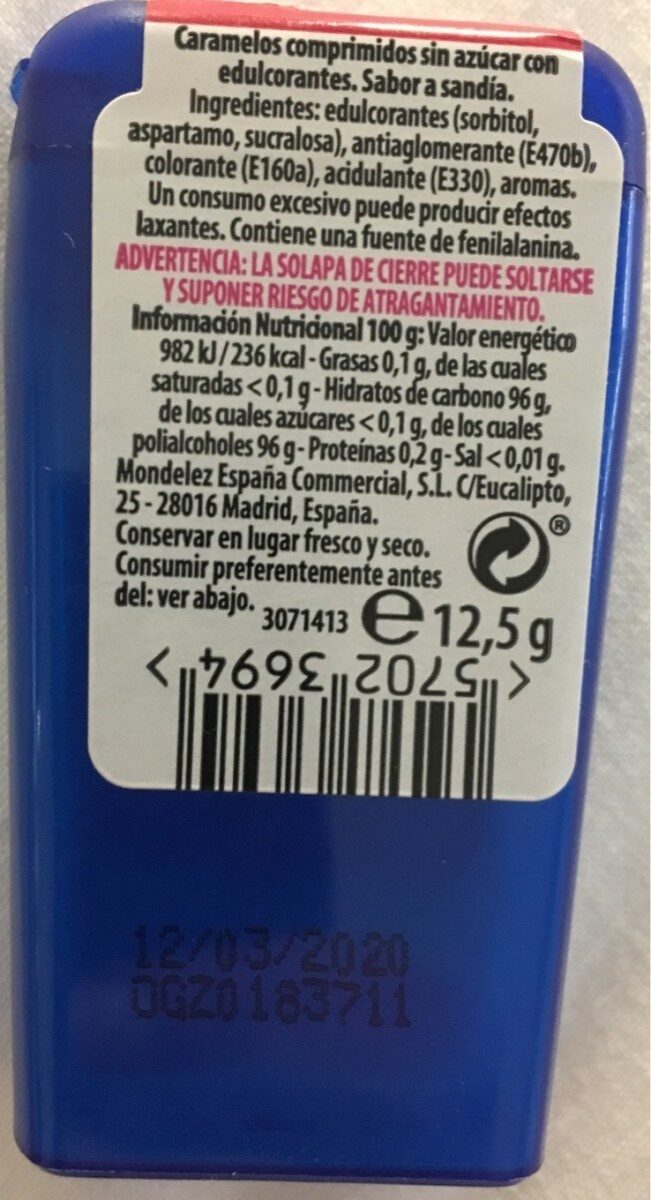Mini mints - Halls - 12,5 g
Aquesta pàgina del producte no està completa. Podeu ajudar a completar-la editant-la i afegint-hi més dades a partir de les fotos ja disponibles, o fent-ne més amb l'aplicació de androide o iPhone / iPad. Gràcies!
×
Codi de barres: 57023694
Quantitat: 12,5 g
Marques: Halls
Categories: Snacks, Aperitius dolços, Llaminadures, en:Caramels, en:Confiseries, en:Snacks sucrés
Etiquetes, certificacions, premis:
Punt verd
Matching with your preferences
Entorn
Empaquetament
Transport
Report a problem
Fonts de dades
Producte afegit per kiliweb
Última modificació de la pàgina del producte per hashlog.
La pàgina del producte, també editada per elcoco, halal-app-chakib, musarana, openfoodfacts-contributors, roboto-app, yuka.NLleO_2zPNEnMcCM4YhqxBLlF_q7EtZfByQyog, yuka.VzZSWkM1UUxqL1FBaTlzbDJVcmVvT2hjMWJDTUFVcWJDdEpJSVE9PQ, yuka.sY2b0xO6T85zoF3NwEKvlkppTOfd-h7CMADhtEKSz-yHCKTuXtVU3dTgC6s, yuka.sY2b0xO6T85zoF3NwEKvlnZqT-rwrhnIa0HWmhGE1I7TJM3TaPZgvo-kaao.







